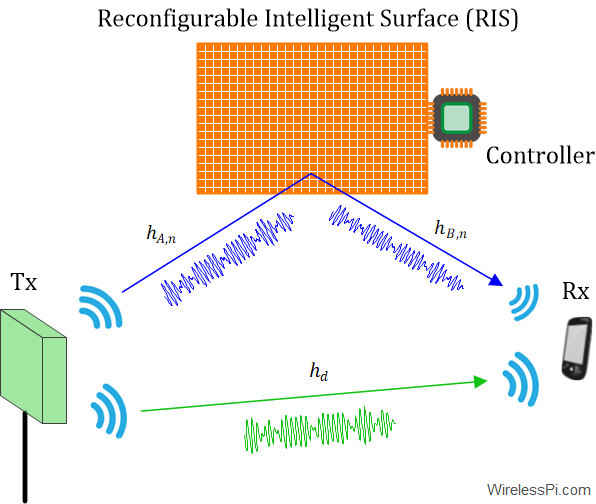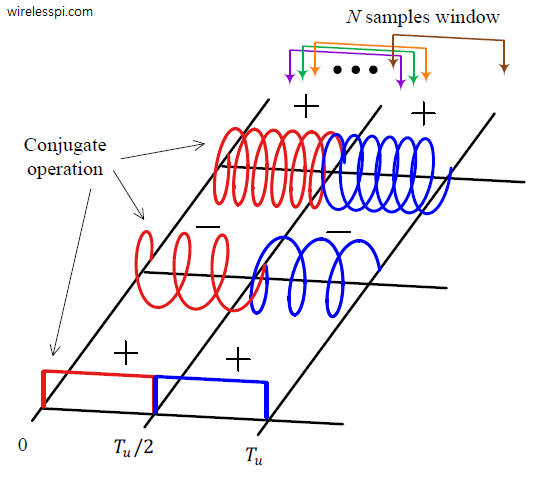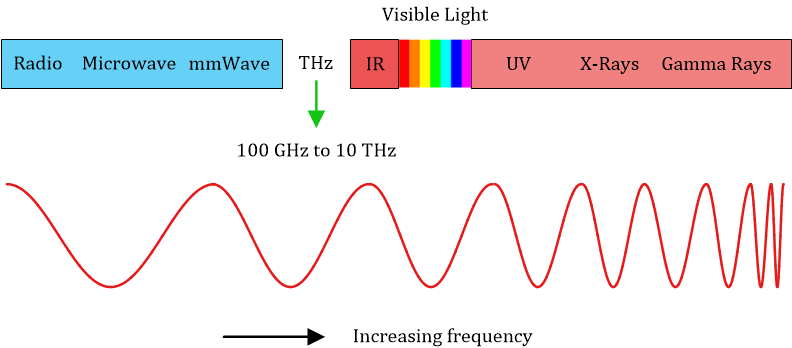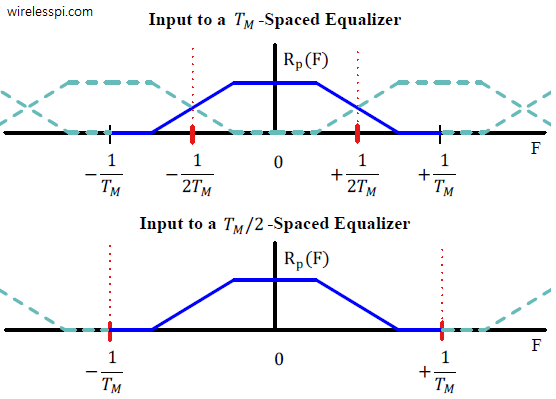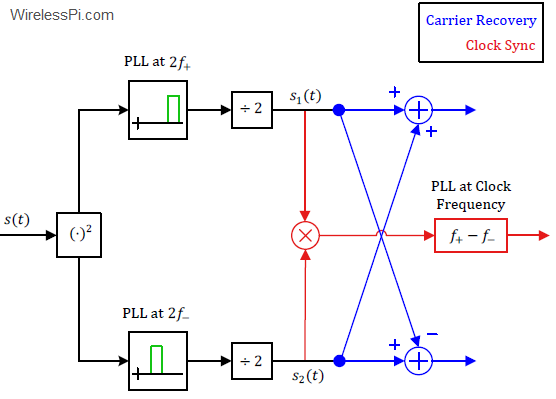For each generation of cellular networks, there is a significant jump in data rates due to the rising demand and novel use cases from emerging applications and associated ecosystems. Some examples in 6G networks are driverless and collaborative transportation, joint communication, localization and sensing, e-health and tactile Internet. Therefore, at the start of each concept-to-deployment cycle, engineers and researchers propose, evaluate and experiment with new ideas, preferably one or two disruptive technologies that can help them meet their targets. For 5G systems, these technologies appeared in the form of a large number of antennas (massive MIMO) and usage of higher
Continue reading